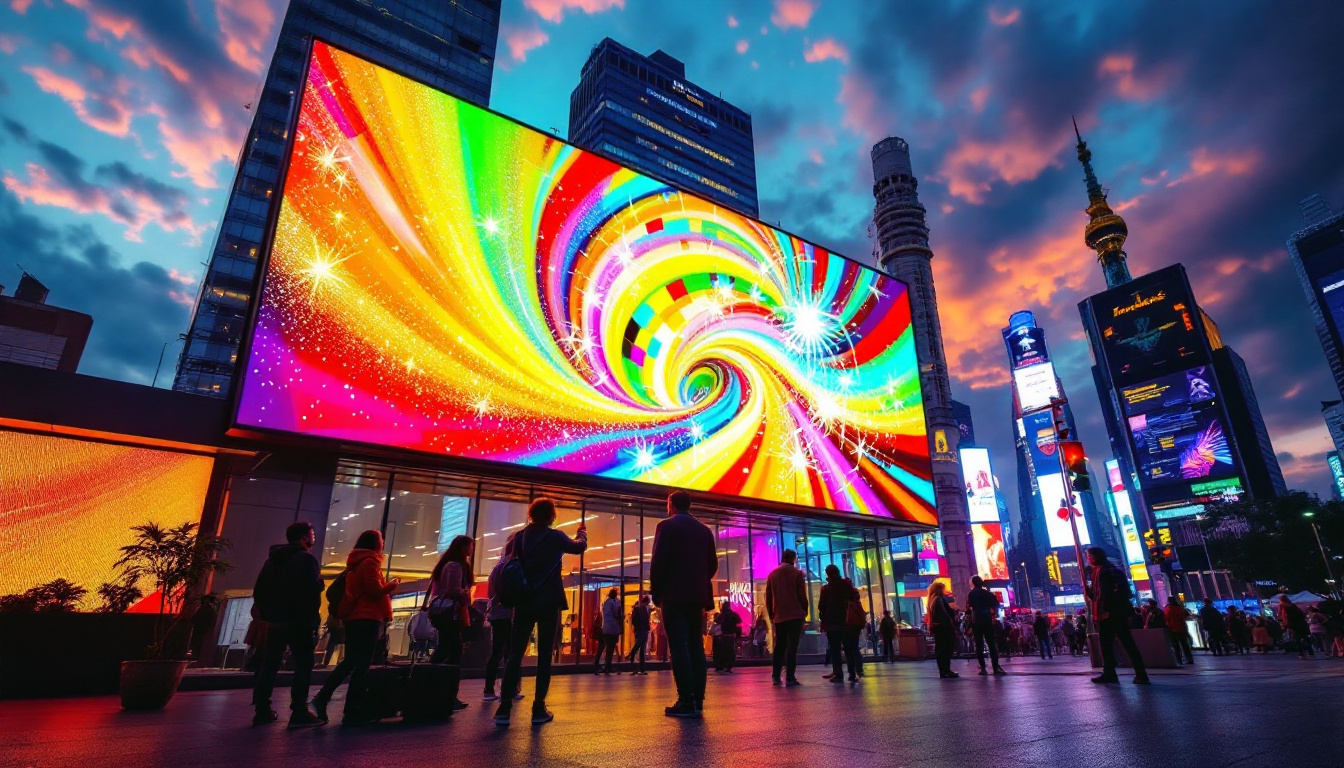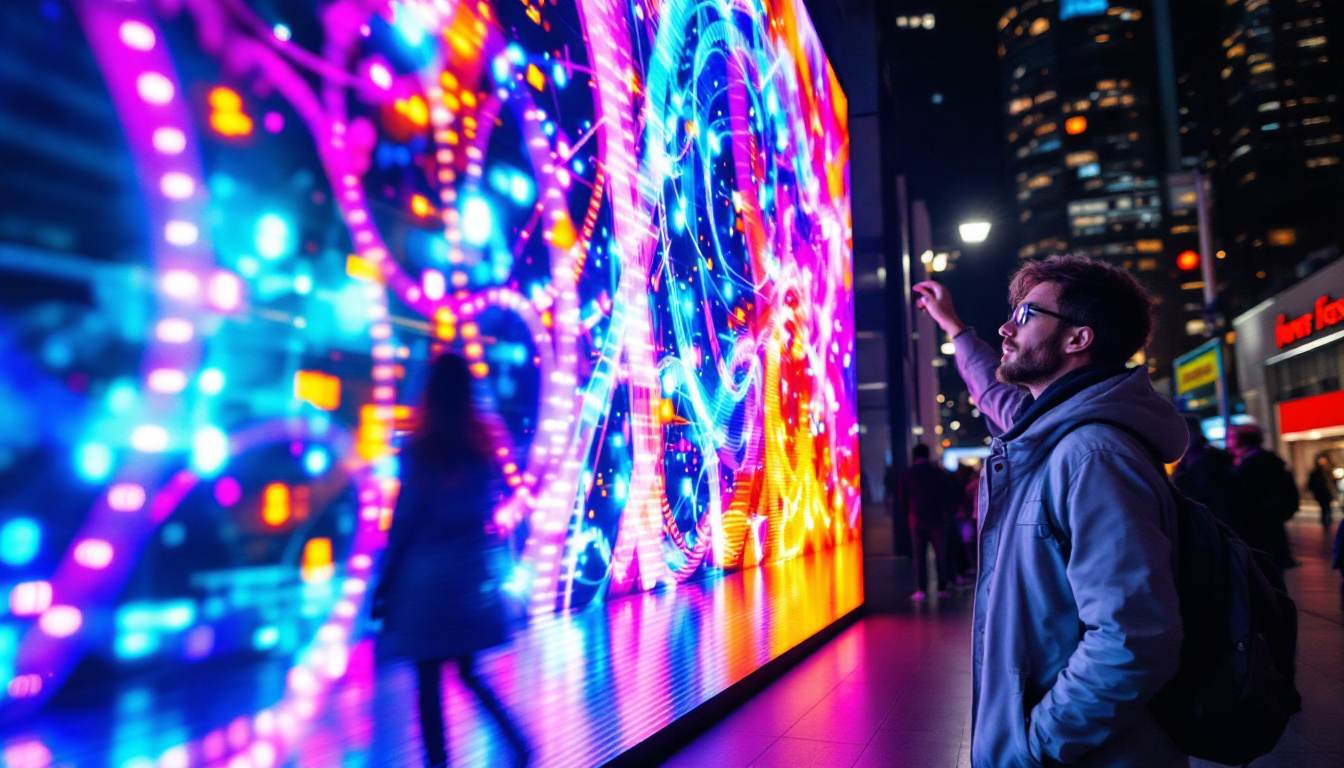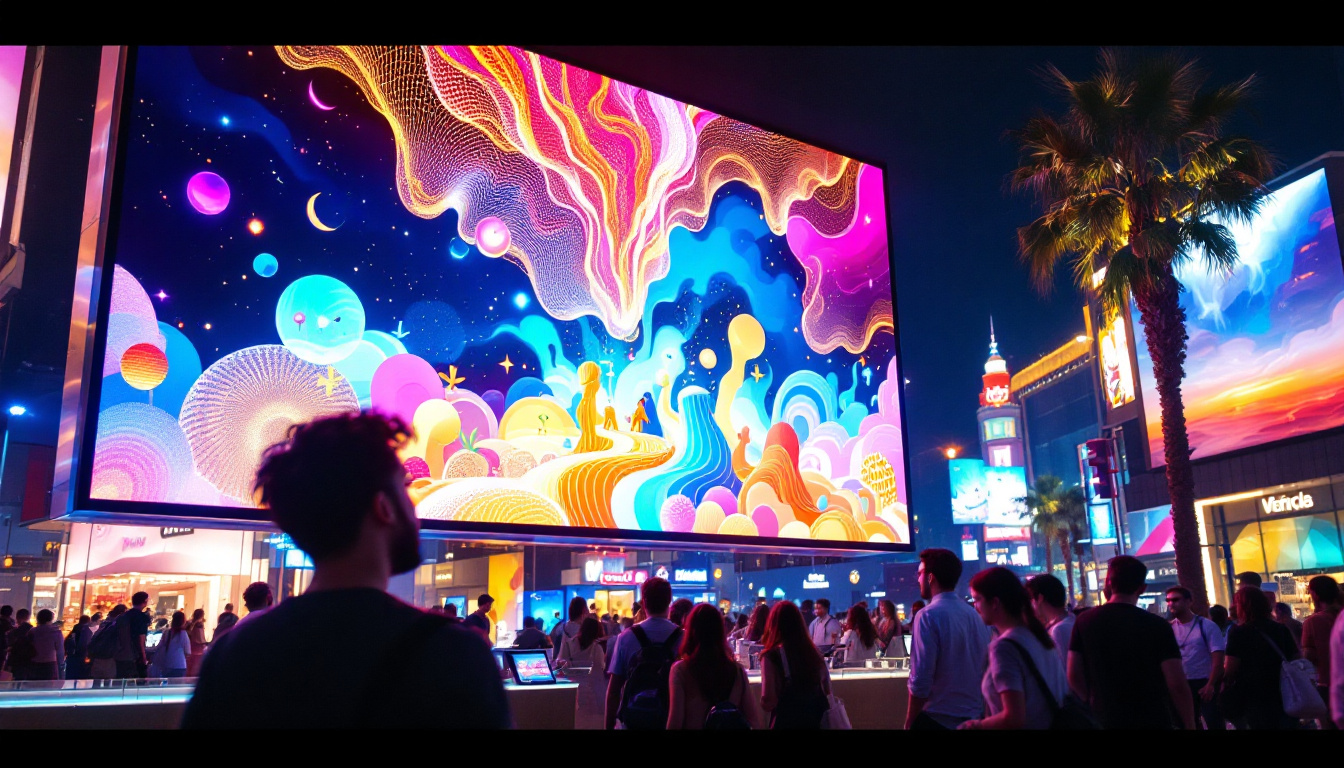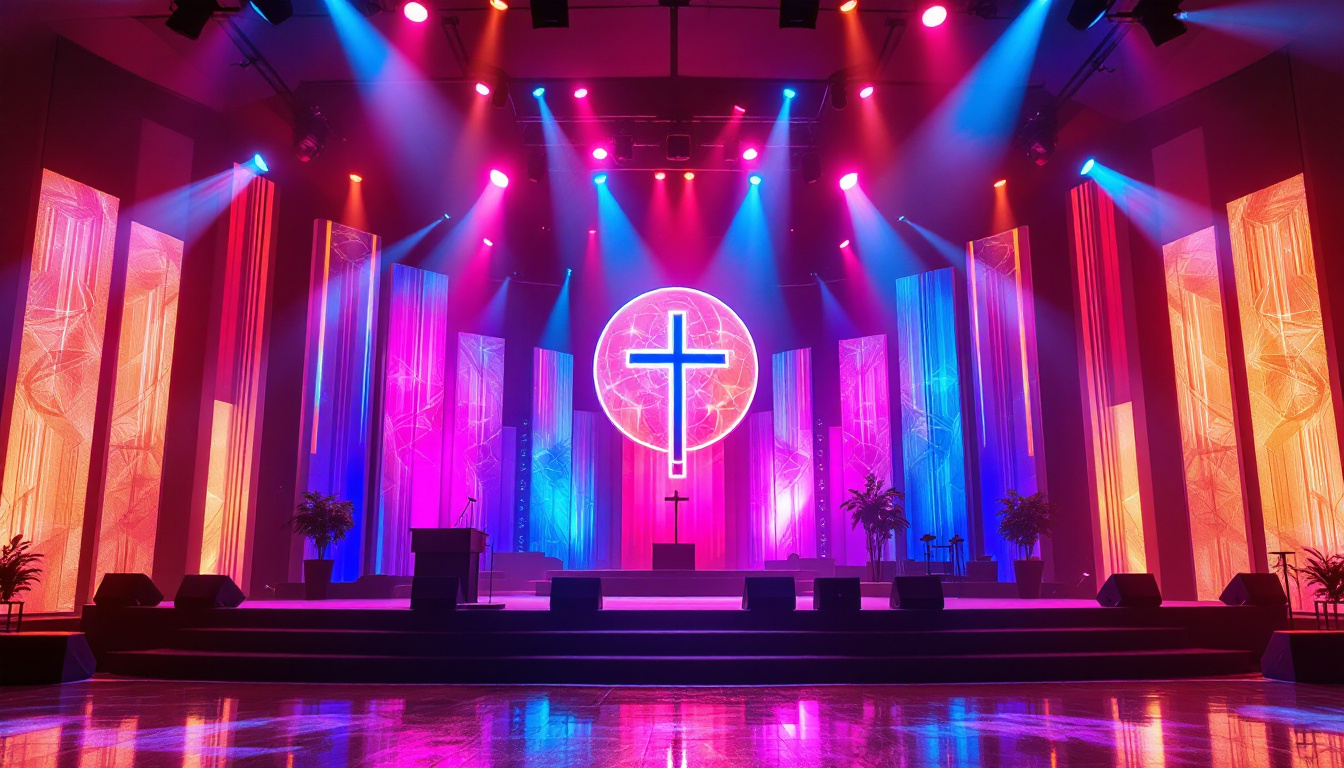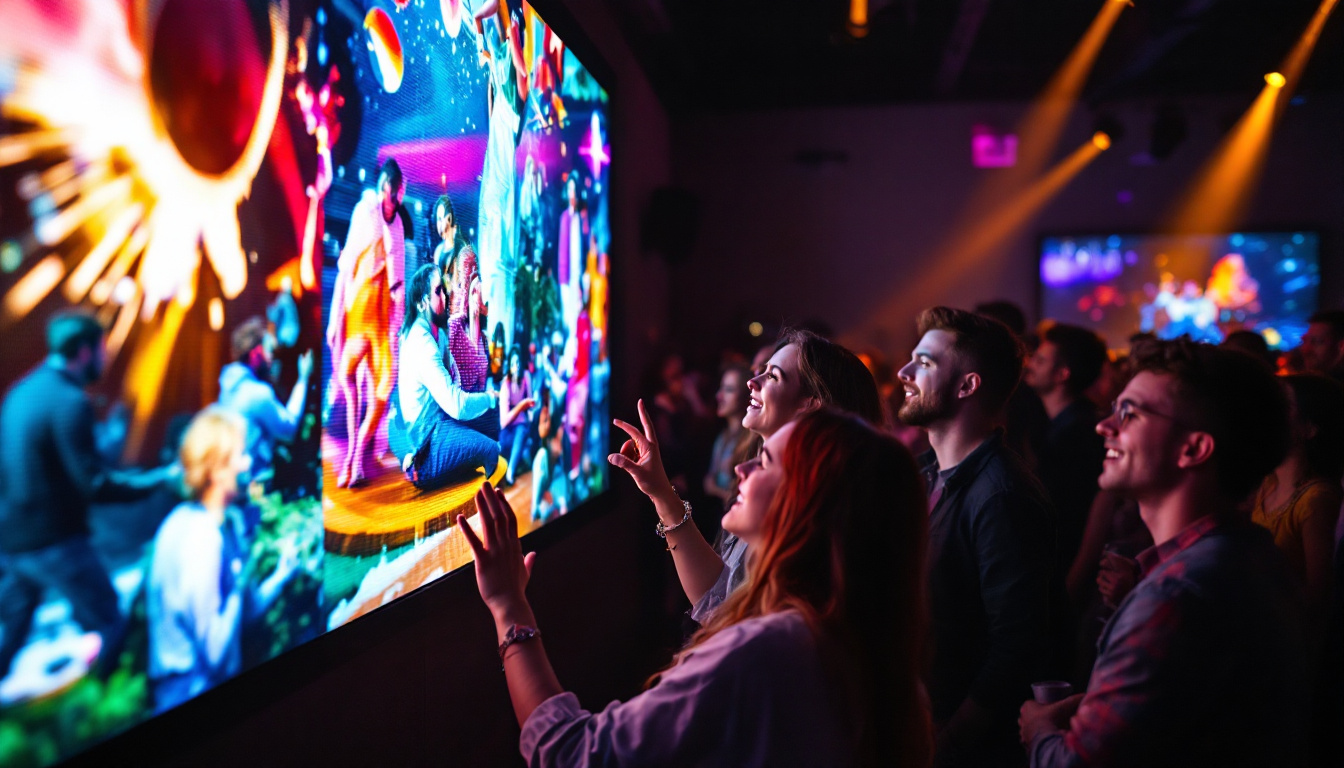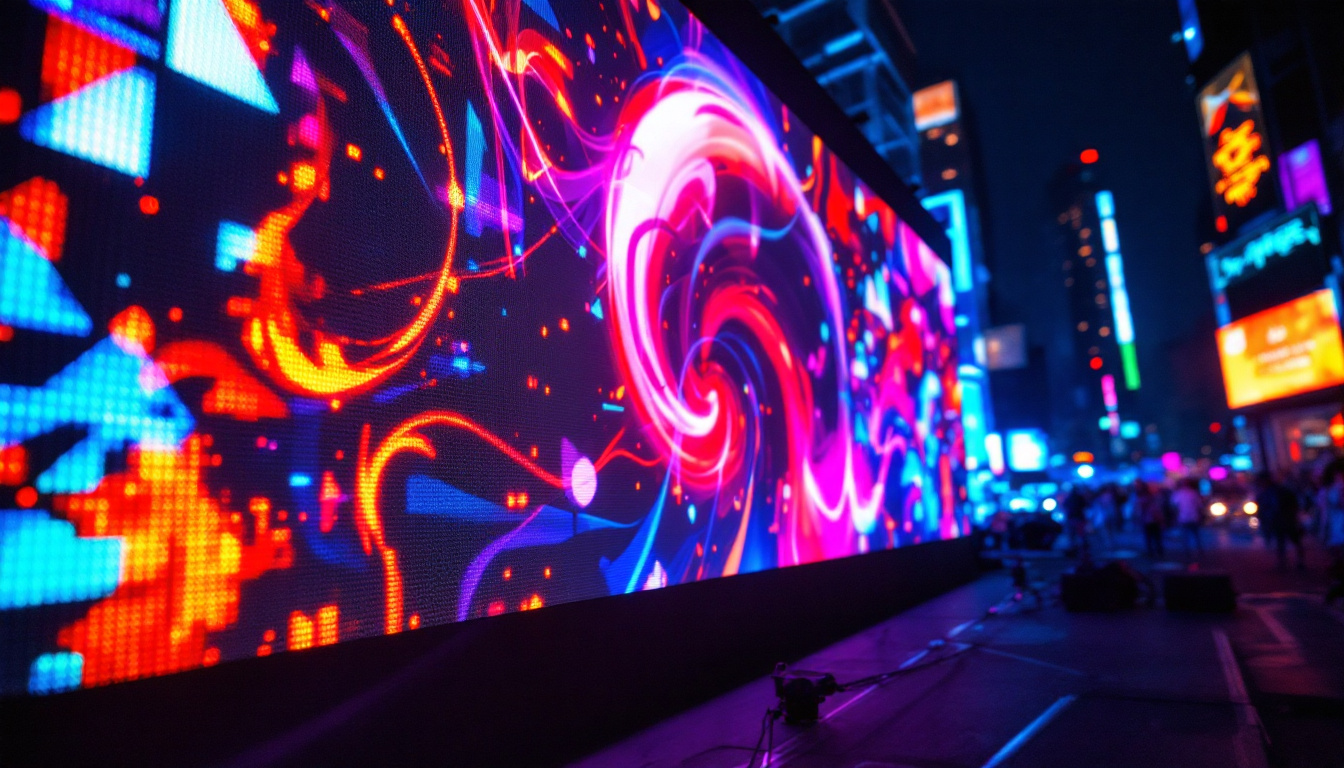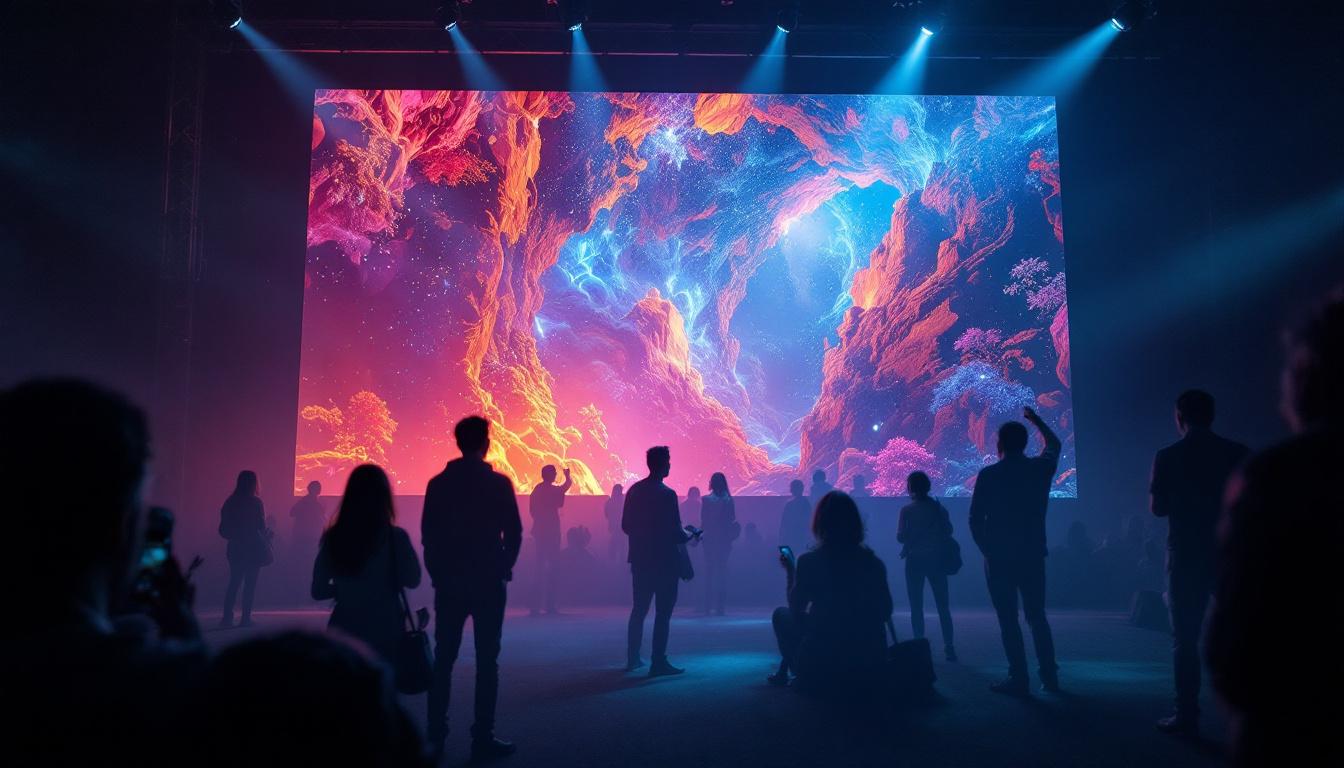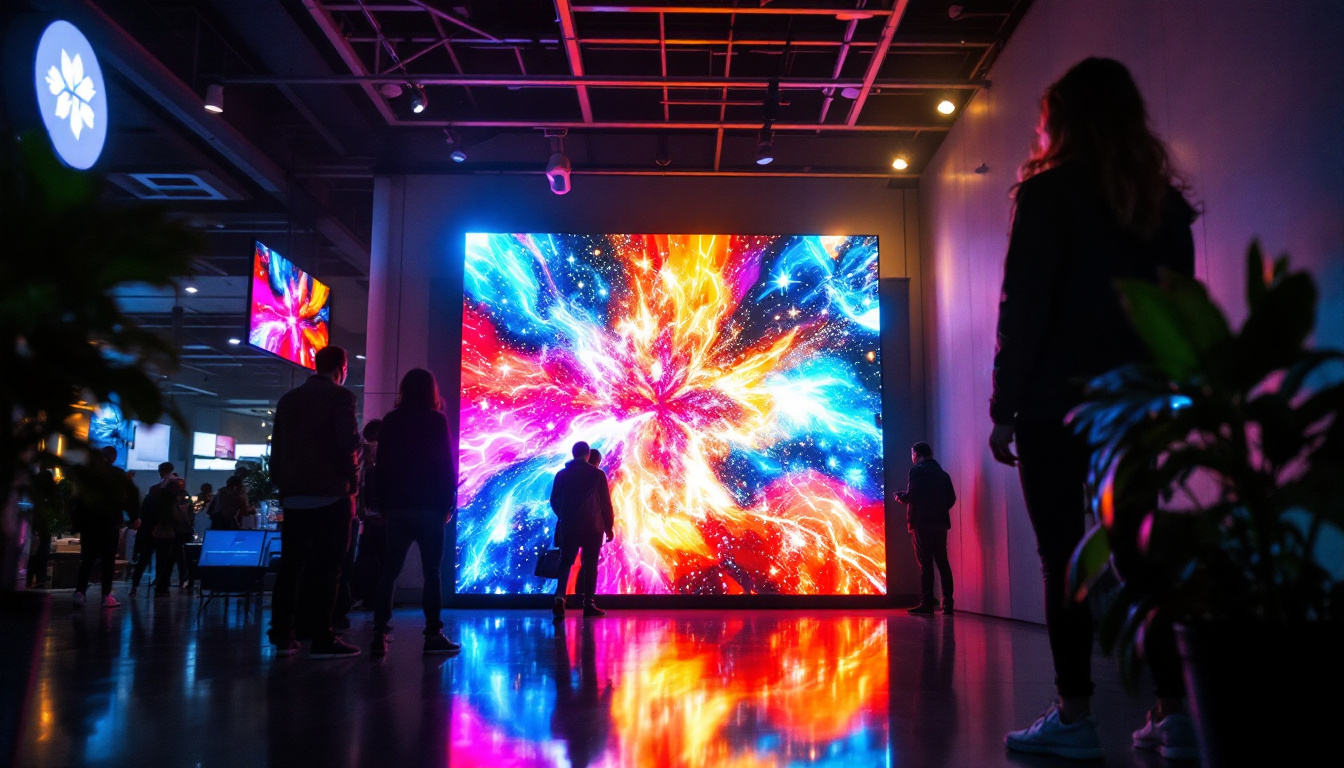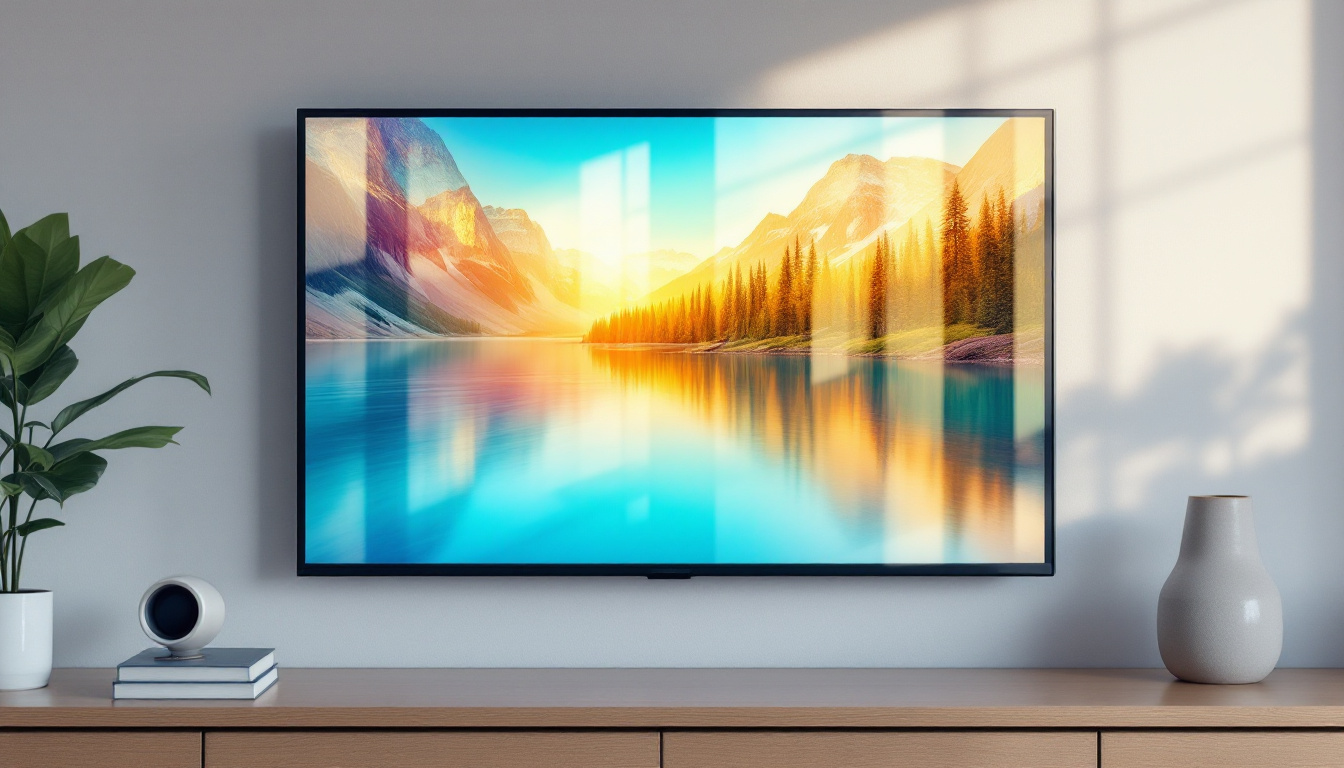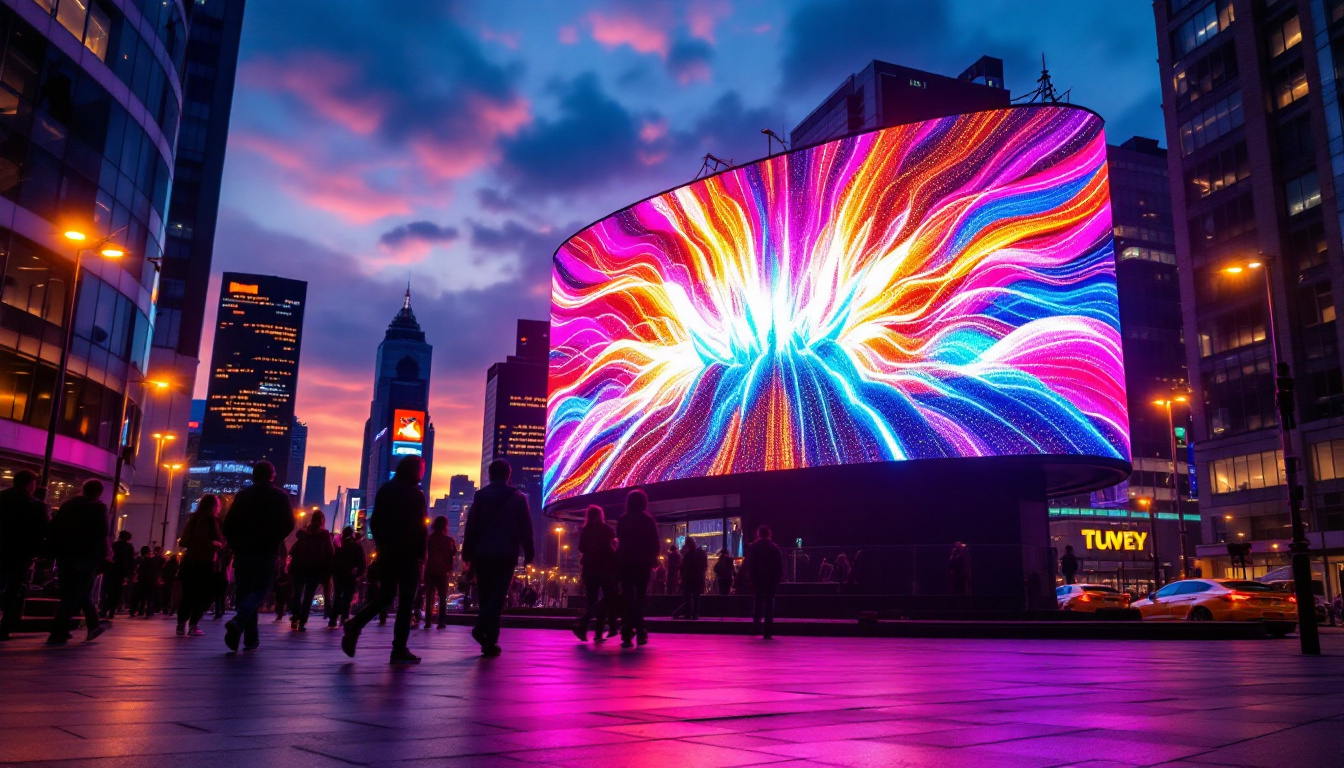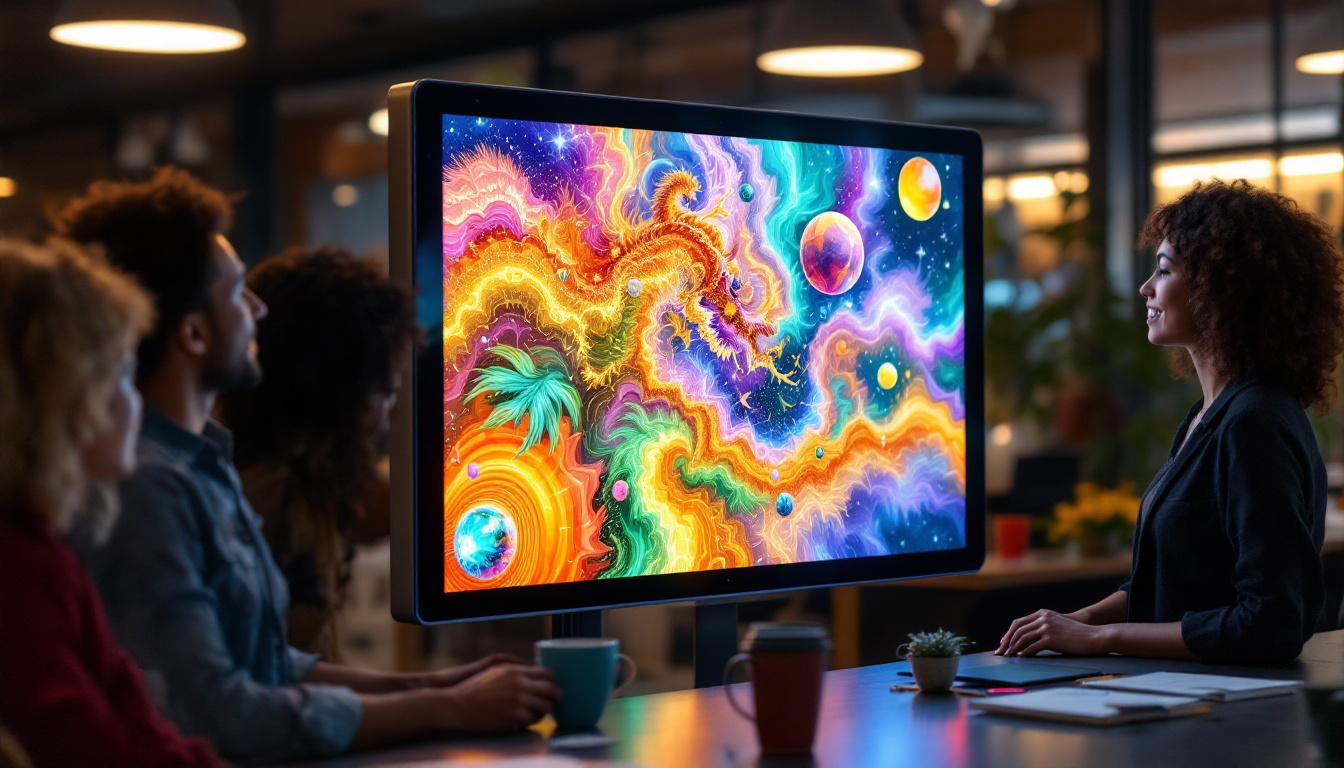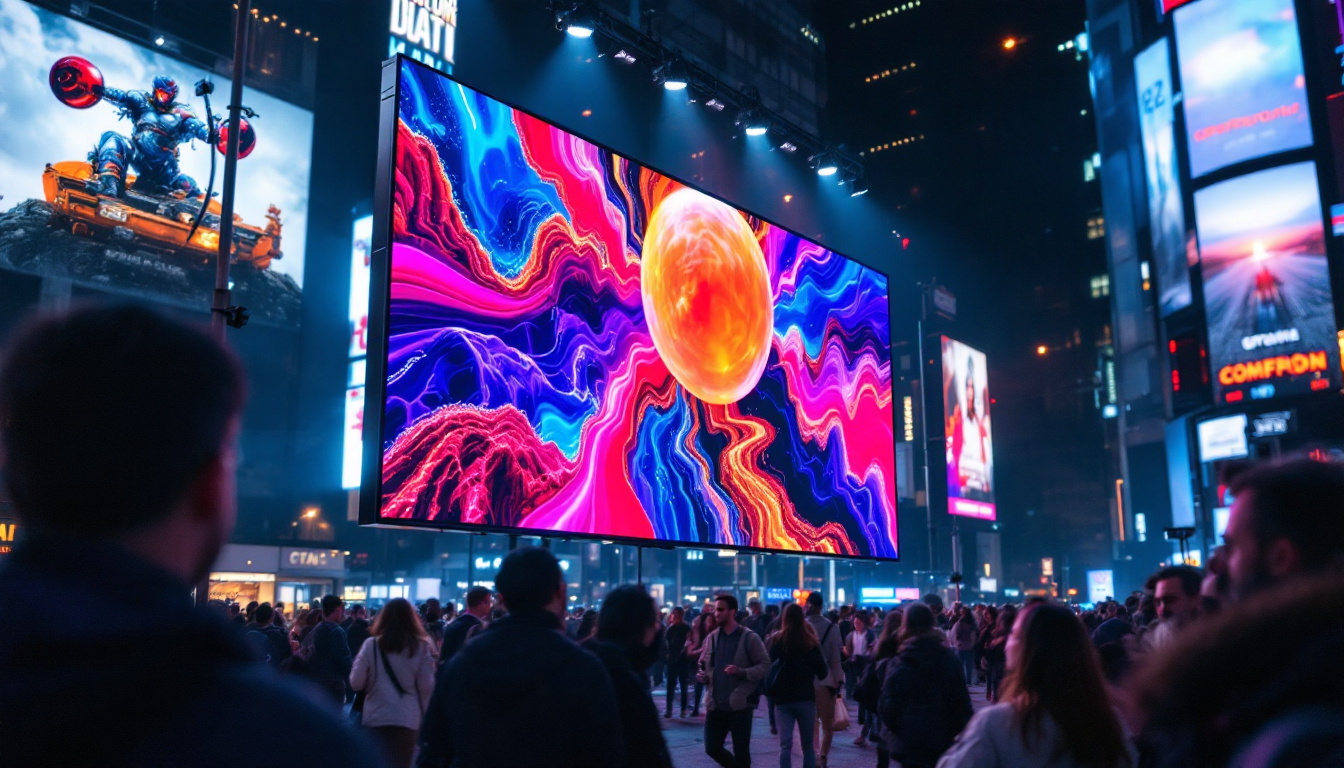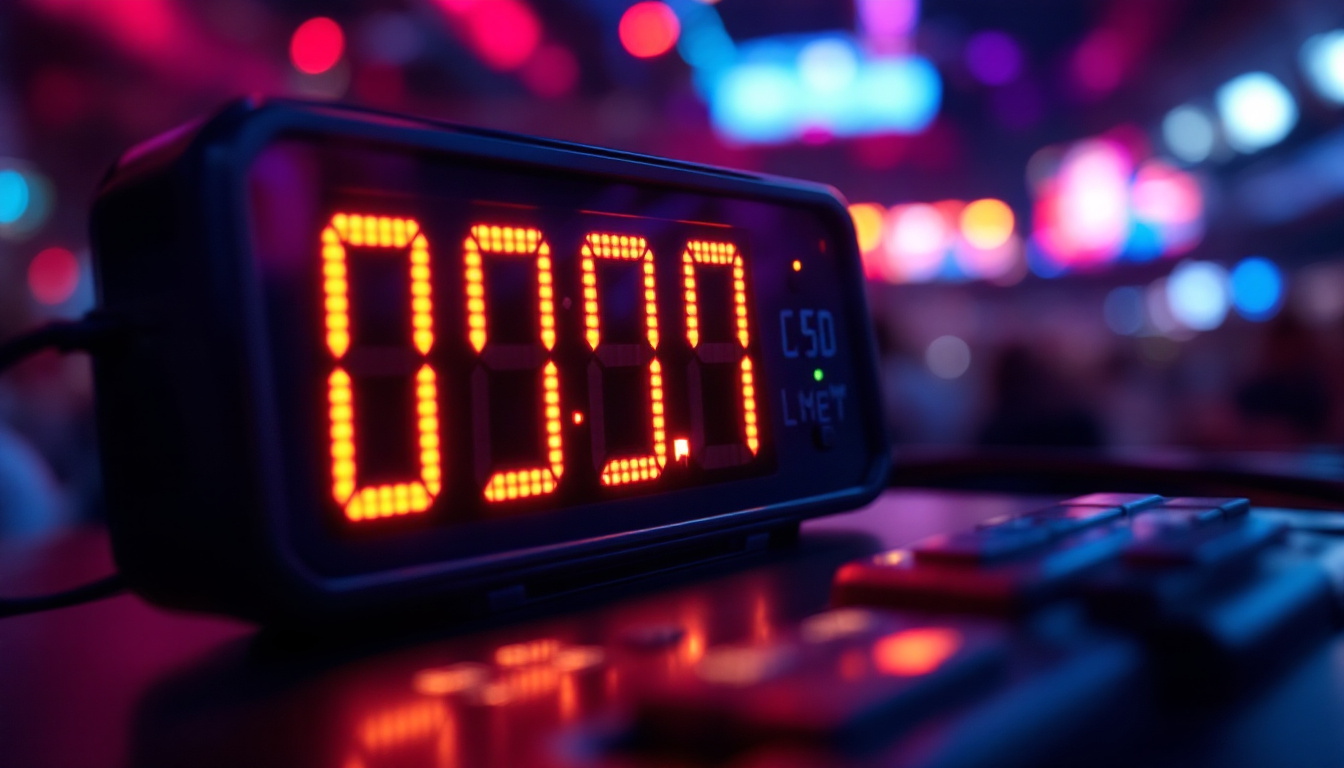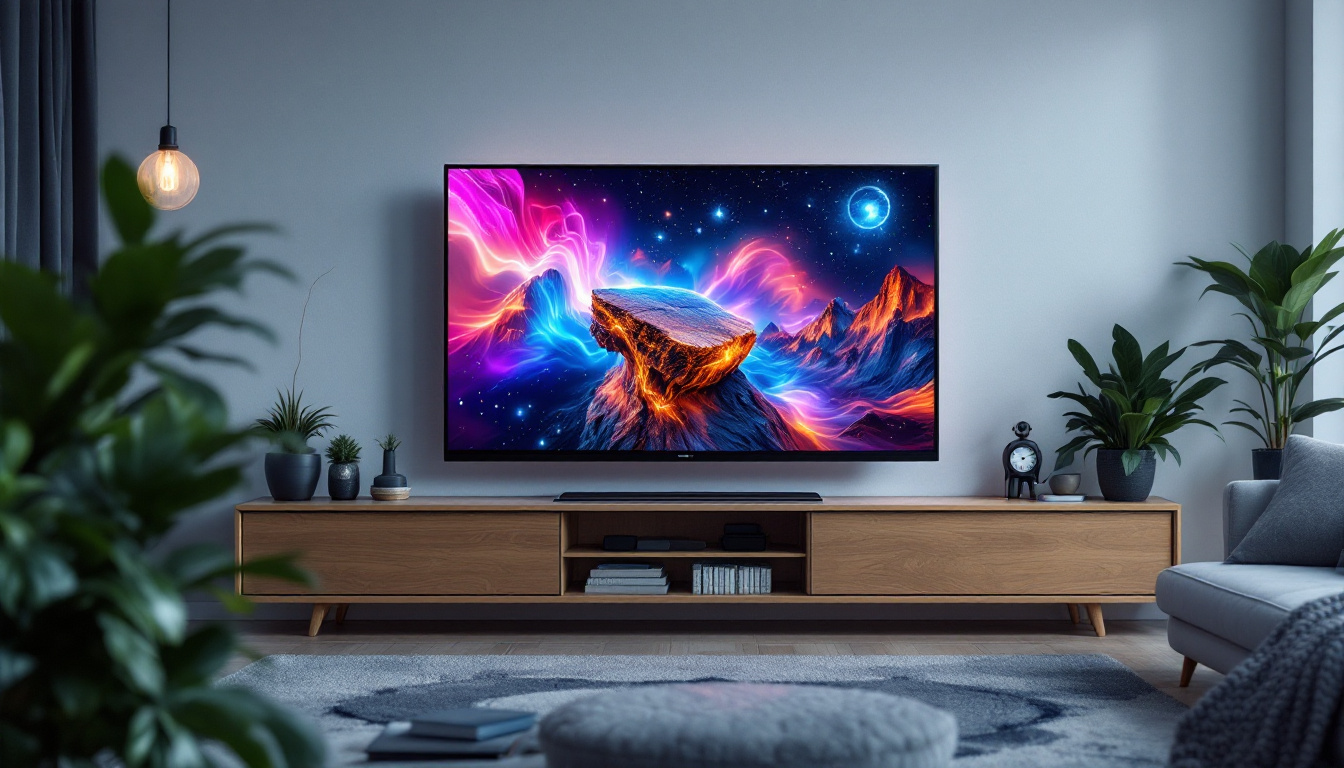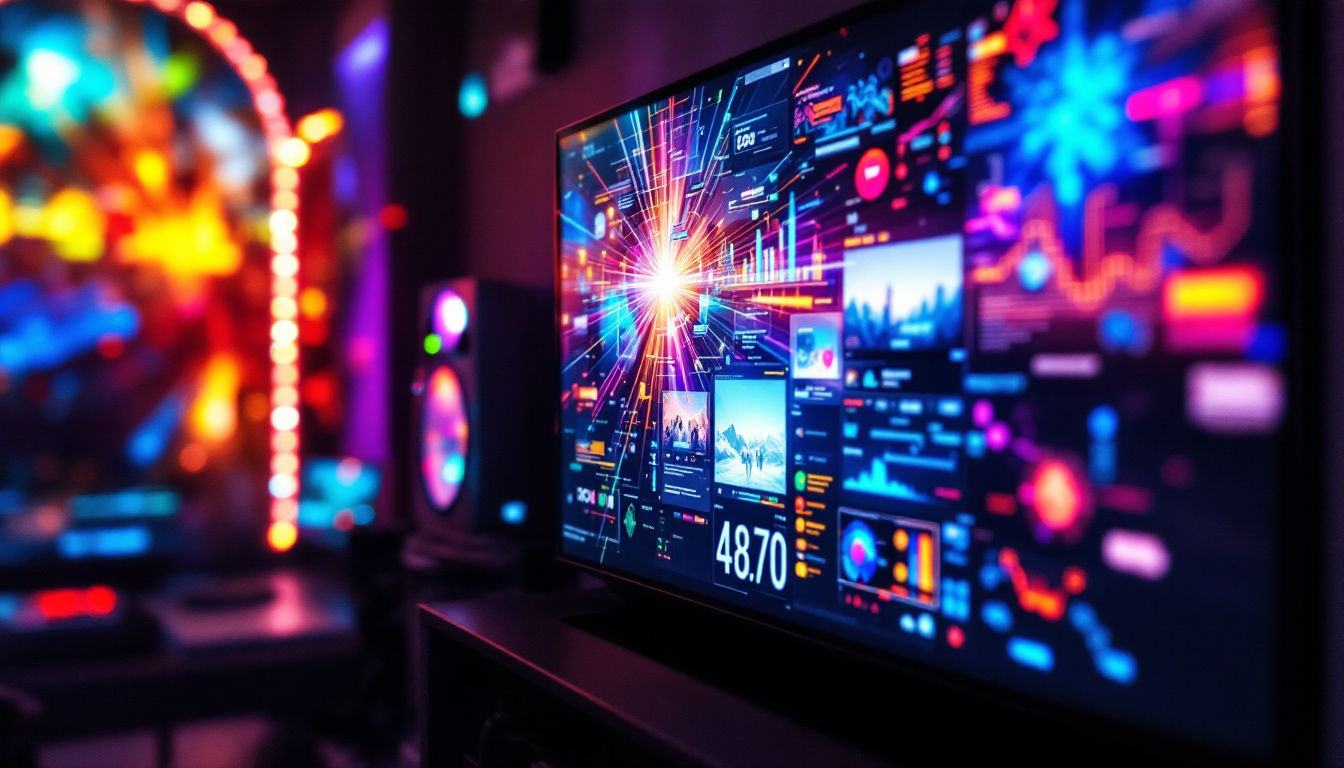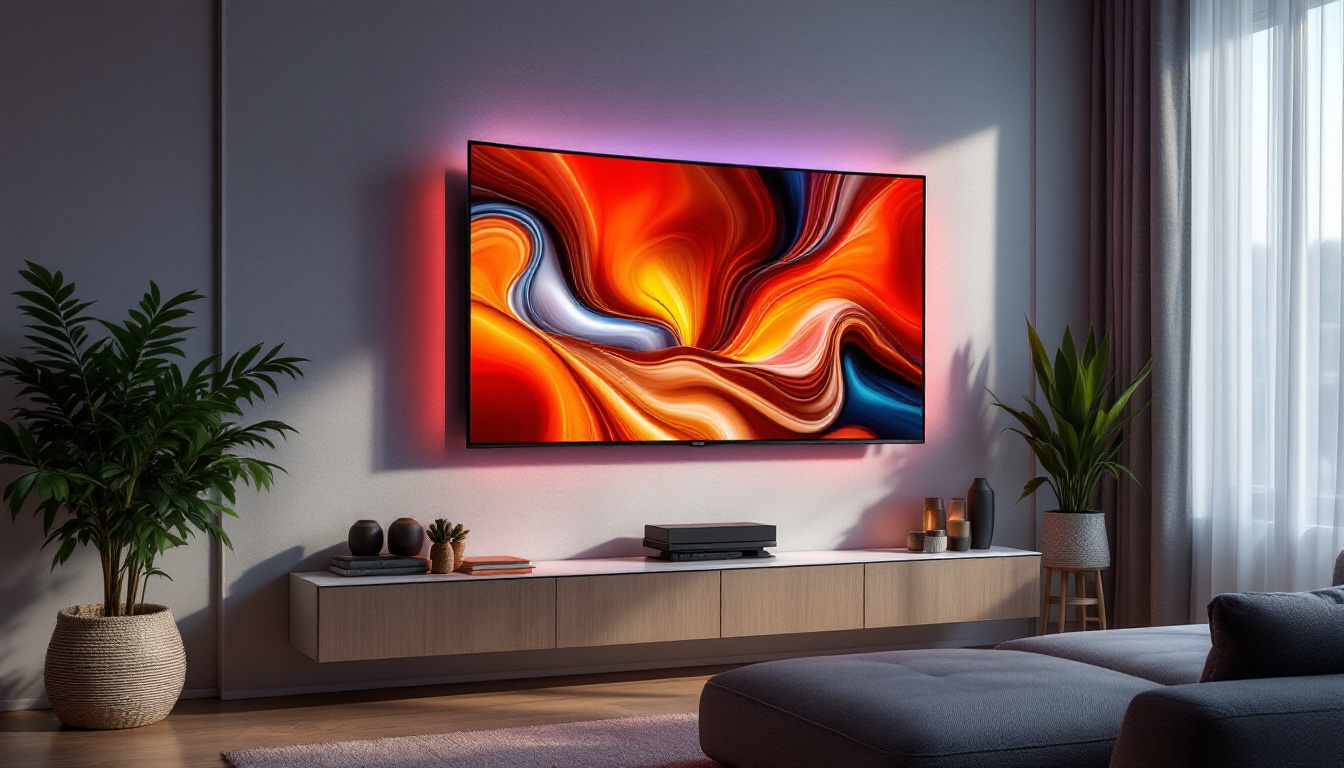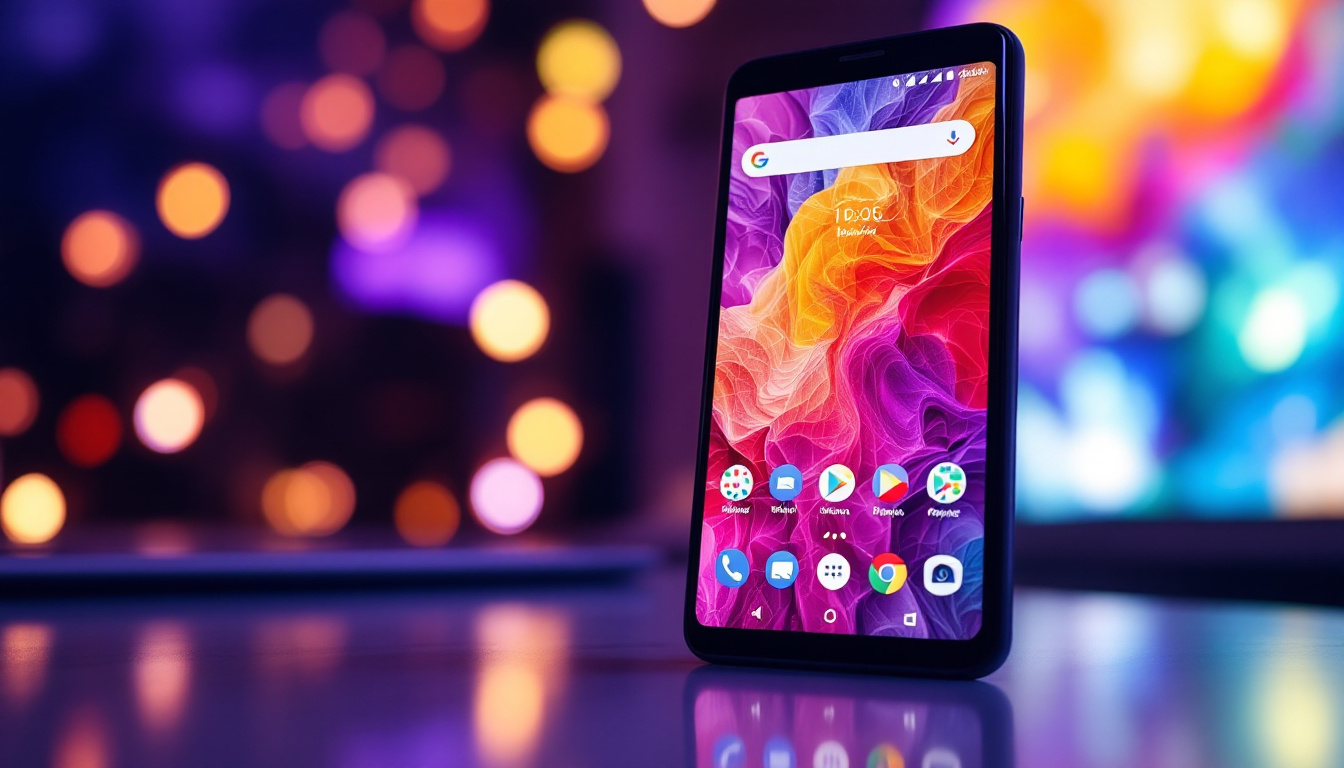In the fast-evolving world of retail and service environments, the final touchpoint with customers often comes down to the checkout counter. Here, the integration of technology plays a crucial role in enhancing customer experience, streamlining operations, and providing real-time information. Among these technologies, LED displays have emerged as a vital component of final touch counters. This article explores the fundamentals of LED displays, their applications in counters, and why they are indispensable in modern retail and service settings.
Understanding LED Displays: The Basics
LED, or Light Emitting Diode, technology has revolutionized the way information is presented visually. Unlike traditional display technologies such as LCD or plasma, LEDs emit light directly, resulting in brighter, more energy-efficient, and longer-lasting displays.
At its core, an LED display consists of numerous tiny light-emitting diodes arranged in a matrix. Each diode acts as a pixel, capable of producing a range of colors by combining red, green, and blue LEDs. This modular design allows for scalable and customizable displays that can fit various sizes and resolutions.
Types of LED Displays Used in Final Touch Counters
Final touch counters typically employ two main types of LED displays: segment displays and dot-matrix displays. Segment displays are commonly used for numeric outputs, such as price totals or item counts, while dot-matrix displays provide greater flexibility for alphanumeric characters and simple graphics.
More advanced counters may incorporate full-color LED screens capable of displaying promotional messages, advertisements, or dynamic pricing information. These displays enhance customer engagement and provide valuable marketing opportunities right at the point of sale.
In addition to their visual appeal, LED displays are also highly adaptable to various environments. For instance, outdoor LED displays are designed to withstand harsh weather conditions, ensuring that messages remain clear and vibrant even in direct sunlight or rain. This durability makes them an excellent choice for businesses looking to attract foot traffic from passersby. Furthermore, many modern LED displays come equipped with sensors that adjust brightness based on ambient light, optimizing visibility while conserving energy.
The integration of LED technology into final touch counters also opens up possibilities for interactive features. Touchscreen capabilities can be added to LED displays, allowing customers to engage directly with the content. This interaction can range from selecting product options to accessing loyalty programs, creating a more personalized shopping experience. As technology continues to evolve, the potential applications for LED displays in retail settings are virtually limitless, paving the way for innovative solutions that enhance both customer satisfaction and operational efficiency.
The Role of LED Displays in Final Touch Counters
LED displays serve multiple critical functions at final touch counters, influencing both operational efficiency and customer satisfaction. Understanding these roles helps retailers and service providers optimize their checkout experience.
Enhancing Transparency and Trust
One of the primary purposes of an LED display at the checkout is to provide customers with clear, real-time information about their purchases. Displaying item prices, total amounts, discounts, and taxes fosters transparency and builds trust between the customer and the business.
According to a 2023 survey by Retail Systems Research, 78% of shoppers reported feeling more confident in their purchases when pricing information was clearly displayed at the point of sale. LED displays, with their bright and clear visuals, are ideally suited to meet this need.
Moreover, the ability to show dynamic pricing updates, such as flash sales or limited-time offers, can further enhance customer engagement. When shoppers see real-time adjustments to their totals, it not only reassures them of the accuracy of the transaction but also creates a sense of urgency to take advantage of the deals being presented. This immediacy can transform the checkout experience into a more interactive and engaging process, ultimately leading to increased customer loyalty.
Improving Transaction Speed and Accuracy
LED displays also assist cashiers by providing immediate feedback on scanned items and totals, reducing errors and speeding up the checkout process. This efficiency is crucial in high-traffic environments where long wait times can lead to customer dissatisfaction or lost sales.
Integrating LED displays with point-of-sale (POS) systems allows for seamless communication between the cashier and the customer, minimizing misunderstandings and ensuring that transactions are completed smoothly.
Additionally, the use of LED displays can facilitate better training for new cashiers. With clear visual cues and prompts displayed during transactions, new employees can quickly learn the checkout process, reducing the time it takes to become proficient. This not only enhances the overall efficiency of the checkout but also helps maintain a high level of service quality, which is essential in retaining customers.
Marketing and Upselling Opportunities
Beyond transactional information, LED displays at final touch counters offer valuable marketing real estate. Retailers can use these screens to showcase promotions, loyalty program benefits, or complementary products, encouraging impulse purchases and increasing average transaction values.
For example, a grocery store might display a special offer on a popular snack or beverage, enticing customers to add it to their basket just before payment. This strategic use of LED displays can significantly boost revenue without requiring additional floor space or staff.
Furthermore, the versatility of LED displays allows for targeted marketing strategies based on customer demographics or purchasing history. Retailers can tailor promotions to specific customer segments, displaying relevant offers that resonate with shoppers’ preferences. This personalized approach not only enhances the shopping experience but also fosters a deeper connection between the brand and its customers, ultimately driving repeat business and enhancing overall sales performance.
Technical Considerations for Implementing LED Displays
Choosing and installing the right LED display for a final touch counter involves several technical factors. These considerations ensure that the display meets operational needs and integrates seamlessly with existing systems.
Brightness and Visibility
The brightness of an LED display is critical, especially in environments with varying lighting conditions. Displays must be sufficiently bright to be easily readable under strong ambient light, such as sunlight streaming through store windows, yet adjustable to avoid glare in dimmer settings.
Modern LED displays offer adjustable brightness levels and anti-glare coatings, which enhance visibility without compromising energy efficiency. Furthermore, some advanced models utilize ambient light sensors that automatically adjust brightness based on the surrounding light conditions, ensuring optimal visibility at all times. This feature not only improves user experience but also contributes to energy savings, making it a sustainable choice for businesses looking to minimize their carbon footprint.
Resolution and Size
The resolution of an LED display determines the clarity of the information presented. Higher resolution displays can show detailed graphics and smaller text, which is beneficial for marketing messages but may not be necessary for simple numeric displays.
Size is equally important; the display must be large enough to be seen comfortably by customers of various heights and distances but compact enough to fit within the counter design without obstructing workflow. Additionally, the aspect ratio of the display can influence how content is presented. A wider display may be more effective for showcasing promotional videos or dynamic content, while a standard ratio might suffice for static information. Choosing the right aspect ratio can enhance the overall visual impact and ensure that the display complements the store’s aesthetic.
Durability and Maintenance
Final touch counters are high-traffic areas subject to frequent use and occasional impacts. LED displays used in these settings must be robust and resistant to dust, moisture, and accidental damage.
Many commercial-grade LED displays come with protective enclosures and are designed for easy maintenance, including modular components that can be replaced without dismantling the entire unit. Additionally, some manufacturers offer extended warranties and service agreements, providing peace of mind for businesses concerned about long-term reliability. Regular maintenance schedules can also be established to ensure that displays remain in optimal condition, which is crucial for maintaining a professional appearance and minimizing downtime.
Integration with POS Systems
Seamless integration with existing POS hardware and software is essential for maximizing the benefits of LED displays. Compatibility ensures real-time data synchronization, enabling accurate and timely information display.
Most modern LED display solutions support standard communication protocols and can be customized to fit specific POS configurations, whether wired or wireless. This flexibility allows businesses to tailor the display functionality to their unique operational needs. Furthermore, advanced integration capabilities enable the display to showcase promotional content, inventory levels, or even customer loyalty points, creating a dynamic interaction that enhances customer engagement and drives sales. The ability to update content remotely through cloud-based platforms also streamlines the process of keeping information current and relevant, reducing the need for manual updates and improving overall efficiency.
Emerging Trends and Innovations in LED Displays for Final Touch Counters
The landscape of LED display technology is continually evolving, with innovations that promise to further enhance the final touch counter experience.
Interactive LED Displays
Touch-enabled LED displays are becoming increasingly popular, allowing customers to interact directly with the screen. This interactivity can facilitate self-checkout processes, loyalty program sign-ups, or product information access, reducing the need for cashier intervention and speeding up transactions.
Interactive displays also offer personalized marketing opportunities, adapting content based on customer preferences or purchase history.
Energy Efficiency and Sustainability
With growing emphasis on sustainability, LED displays are being designed to consume less power while maintaining high performance. Advances in LED chip technology and intelligent brightness controls contribute to lower energy bills and reduced environmental impact.
Retailers adopting energy-efficient LED displays can also leverage this commitment in their corporate social responsibility messaging, appealing to environmentally conscious consumers.
Integration with IoT and Analytics
LED displays are increasingly connected to the Internet of Things (IoT), enabling real-time data collection and analytics. This connectivity allows retailers to monitor display performance, customer interactions, and sales trends, informing strategic decisions and operational improvements.
For instance, analyzing which promotional messages generate the most engagement can help tailor future campaigns for maximum effectiveness.
Conclusion: Why LED Displays Are Essential for Final Touch Counters
LED displays have become an indispensable element of final touch counters in retail and service environments. Their ability to provide clear, dynamic, and engaging information enhances the customer experience, builds trust, and drives sales.
From basic numeric displays to interactive, full-color screens integrated with sophisticated analytics, LED technology offers versatile solutions tailored to diverse operational needs. As technology advances, retailers who embrace LED displays at their final touchpoints will be better positioned to meet evolving customer expectations and maintain a competitive edge.
Investing in high-quality, well-integrated LED displays is not just a technological upgrade—it’s a strategic move that can transform the checkout experience into a powerful platform for communication, marketing, and customer satisfaction.
Discover the Future of Checkout Counters with LumenMatrix
Ready to elevate your customer’s checkout experience with the latest in LED display technology? LumenMatrix is at the forefront of creating immersive and interactive visual solutions that captivate and engage. From vibrant Indoor LED Walls to dynamic Outdoor LED Displays, and even specialized Vehicle and Sports LED solutions, we have the cutting-edge technology to bring your final touch counters to life. Embrace the power of LED innovation and transform your retail space today. Check out LumenMatrix LED Display Solutions and start your journey towards a brighter, more connected customer experience.


